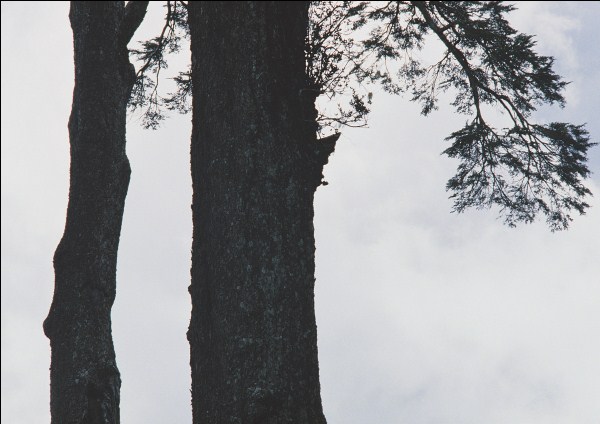Dear Integral Meditators,
The remainder of February for me is all about facilitating meditations on the shadow self, so this weeks article looks at two ways of understanding how working with the shadow self is really of tremendous value, and even become a lot of fun once we develop a taste for it!
 The Stone in Your Shoe, the Grain of Sand in the Oyster Shell – Two Analogies for Meditating on the Shadow Self
The Stone in Your Shoe, the Grain of Sand in the Oyster Shell – Two Analogies for Meditating on the Shadow Self
Our psychological ego has two parts:
- The Persona, which is our conscious self image, all of the parts of ourself that we accept and consider to be “me”. The persona is the self that we present to the world in our daily life.
- The Shadow, which are the parts of psychological self that we reject, are afraid of and/or consider “bad” and have repressed in our mind to the extent that we are no longer conscious that they exist as a part of our self. Our shadow self continues to exist in our mind as unconscious drivers of our behavior, and we quite often “project” it onto other people and our world. For example if part of our shadow is a drive toward over-possessiveness we may find ourselves in a state of irrational fear that our friends and possessions may be taken away from us by someone, but not understand why we have these feelings all the time.
For many people the idea of working to confront and constructively integrate the shadow self into our conscious self in a healthy way feels uncomfortable, but here are two analogies that I hope will demonstrate the value of engaging the shadow.
The Stone in Your Shoe
Let’s say you are running a 10 kilometer race. You have a small stone in one shoe. Initially you can only just feel it but it does not cause much discomfort, so you ignore it and carry on. As the race goes by however, gradually the small stone wears on the sole of your foot, eventually causing a painful cut or blister, and directly inhibiting your ability to enjoy the race and run at your best potential speed. In this analogy the race is your life, and the stone in your shoe is the shadow self. Stopping, taking off your shoe and removing the stone relieves you of this painful inhibition, and in this analogy that would be like confronting, working with and successfully integrating your shadow, thus freeing you to live your life more freely and creatively.
The Oyster Shell
As you may know a pearl starts out as a grain of sand that gets stuck in an oyster shell. It causes the oyster discomfort, and it is this discomfort that causes the oyster to create the layers of smooth material around the sand grain that becomes the pearl. In this analogy becoming familiar and working with your shadow is like the work of the oyster to create the pearl; the initial discomfort stimulates the creation of qualities of beauty and strength that previously would have been seemingly unimaginable or impossible in your mind and being. Doing shadow work actively creates this inner beauty and strength within ourselves as well as getting rid of the discomfort.
© Toby Ouvry 2013, you are welcome to use or share this article, but please cite Toby as the source and include reference to his website www.tobyouvry.com
 The Inevitability of the Present Moment
The Inevitability of the Present Moment
 Soft forms of Psychic Self-Defence
Soft forms of Psychic Self-Defence  The Pattern of Meditation
The Pattern of Meditation On Real Men, Daffodils and Chihuahuas
On Real Men, Daffodils and Chihuahuas The Inner Sharks of the Mind
The Inner Sharks of the Mind
 Taking Light-Heartedness as Your Object of Meditation
Taking Light-Heartedness as Your Object of Meditation